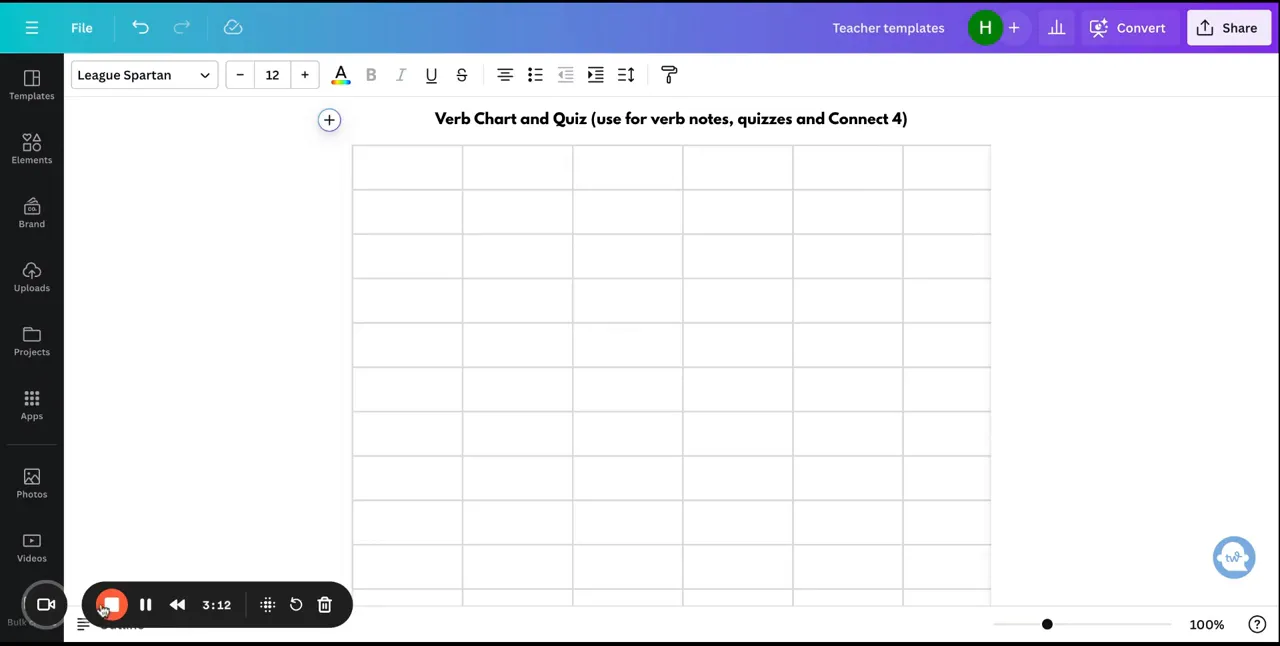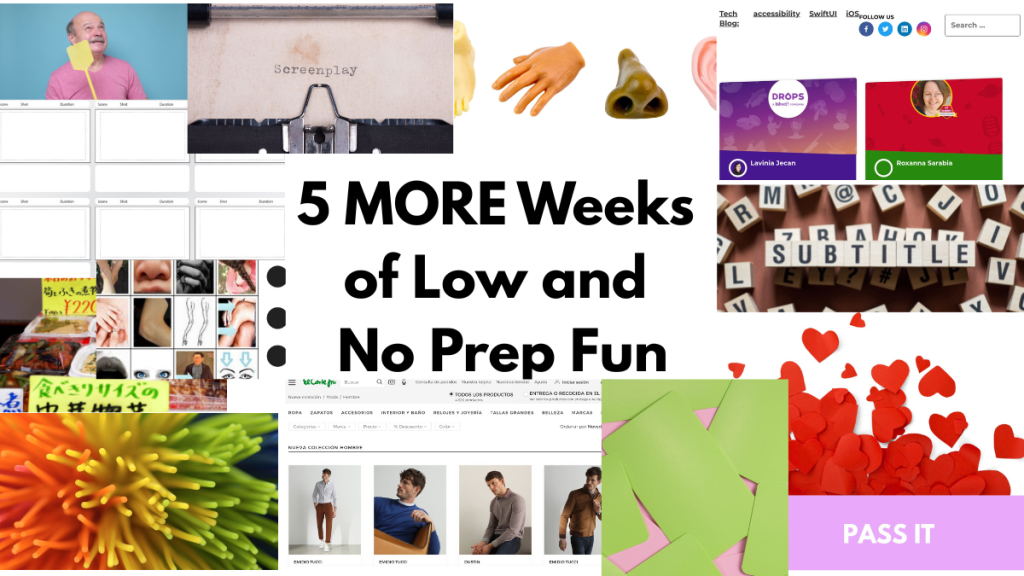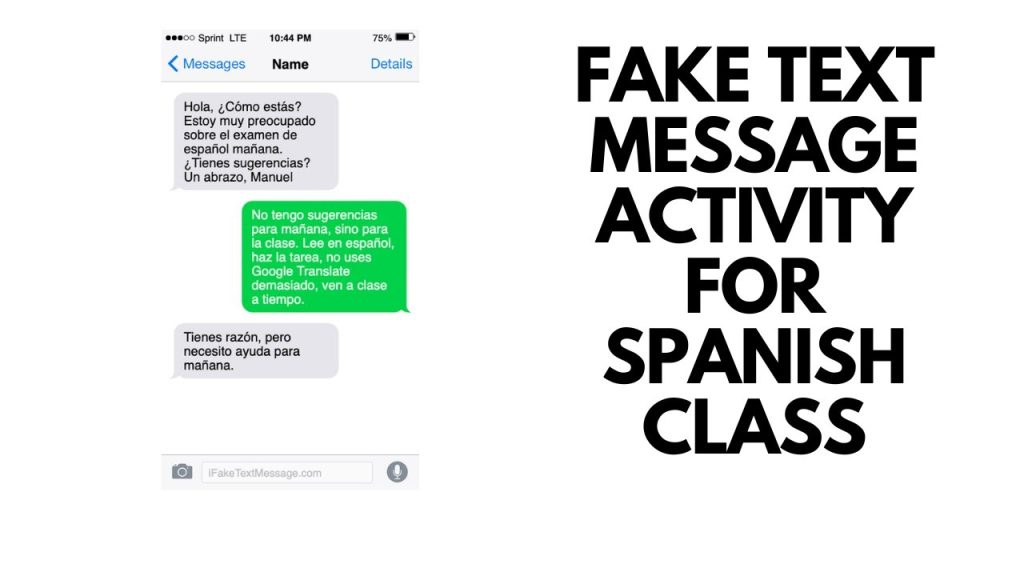
In a short clip I introduced a simple, flexible idea for Teaching Languages: Verb Practice Template that you can draw on the board, print out or turn into a quick classroom game. The template helps students practise conjugations, supports short quizzes and makes review activities more engaging—especially when you want to gamify routine practice.
Why this template works
The strength of this Teaching Languages: Verb Practice Template is its simplicity and adaptability. It’s a blank grid that can be used as:
- a verb chart for conjugation practice;
- a quiz layout where students fill in forms under time pressure;
- the basis for communicative activities such as hot seat or interview-style Q&A;
- a gameboard for a classroom version of Connect Four that encourages accuracy under friendly competition.
How to set up the chart
Draw a simple rectangular grid on the board or hand out printed sheets. Put subjects (I, you, he/she, we, etc.) down one axis and the infinitive or verb stems across the other. For a quiz, leave the cells blank and ask learners to write the correct conjugation at each intersection.

For clarity, label one side “subjects” and the other “verbs” so students know which element to combine. This visual separation helps learners focus on pattern recognition while they produce forms.
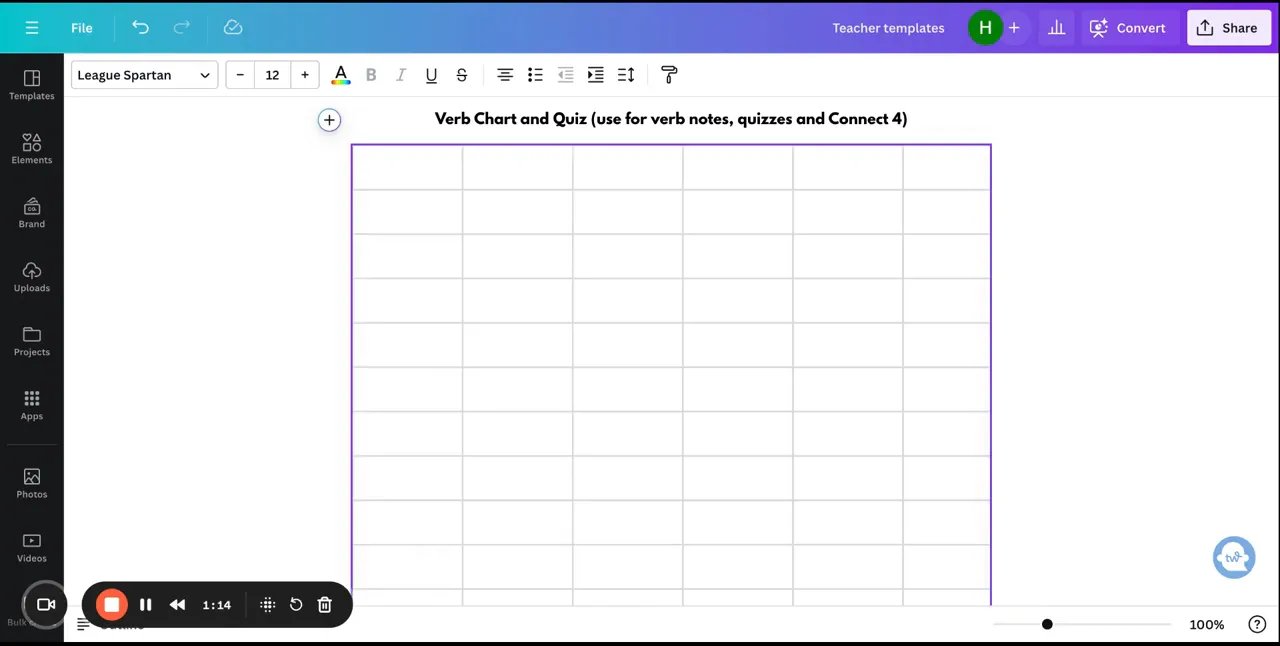
Three practical ways to use it
1) Conjugation practice and quizzes:
Split the class into two teams. Call out a verb or point to a cell and have teams write the correct conjugation. To win or score, they must create a vertical sequence—moving upward on the board—so they think strategically as well as linguistically.

2) Gamified Connect Four without verbs:
Replace verbs with topic categories (people, school, family, food, descriptions). Students must give a word or phrase that fits the category in the chosen cell. This is brilliant for low-stakes vocabulary review and helps learners retrieve language under mild pressure.
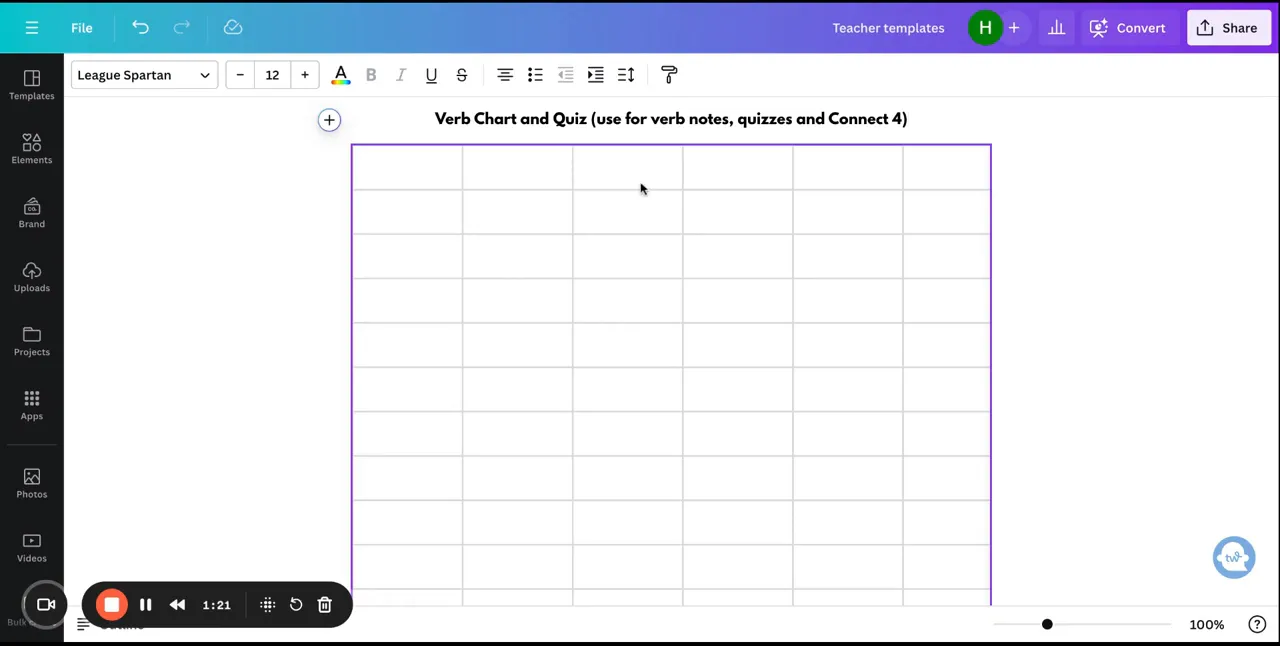
3) Themed chapter review:
For more advanced classes, use columns for subtopics—music, architecture, dance, drama—and have students supply vocabulary, opinions or short descriptions that match each column. You can remove or add columns to suit the lesson.
Tips for classroom use
- Keep rounds short—this is a 5–10 minute warm-up or review activity.
- Encourage speed and accuracy by awarding points for correct forms and extra points for speedy completion.
- Use the same template across lessons so students become familiar with the format and can focus on content, not layout.
Where to find ready-made templates
If you prefer downloadable, editable versions of this template and other game-ready resources, there are print and digital packs available that include multiple variants and ready-to-use activities. Check the course and resource links provided with the original material for editable files and printable sheets.
Conclusion
This Teaching Languages: Verb Practice Template is a small change that delivers big classroom impact: quick set-up, adaptable formats and immediate engagement. Try it tomorrow as a five-minute review or a team game and notice how much more willing students are to practise when the activity feels playful.
